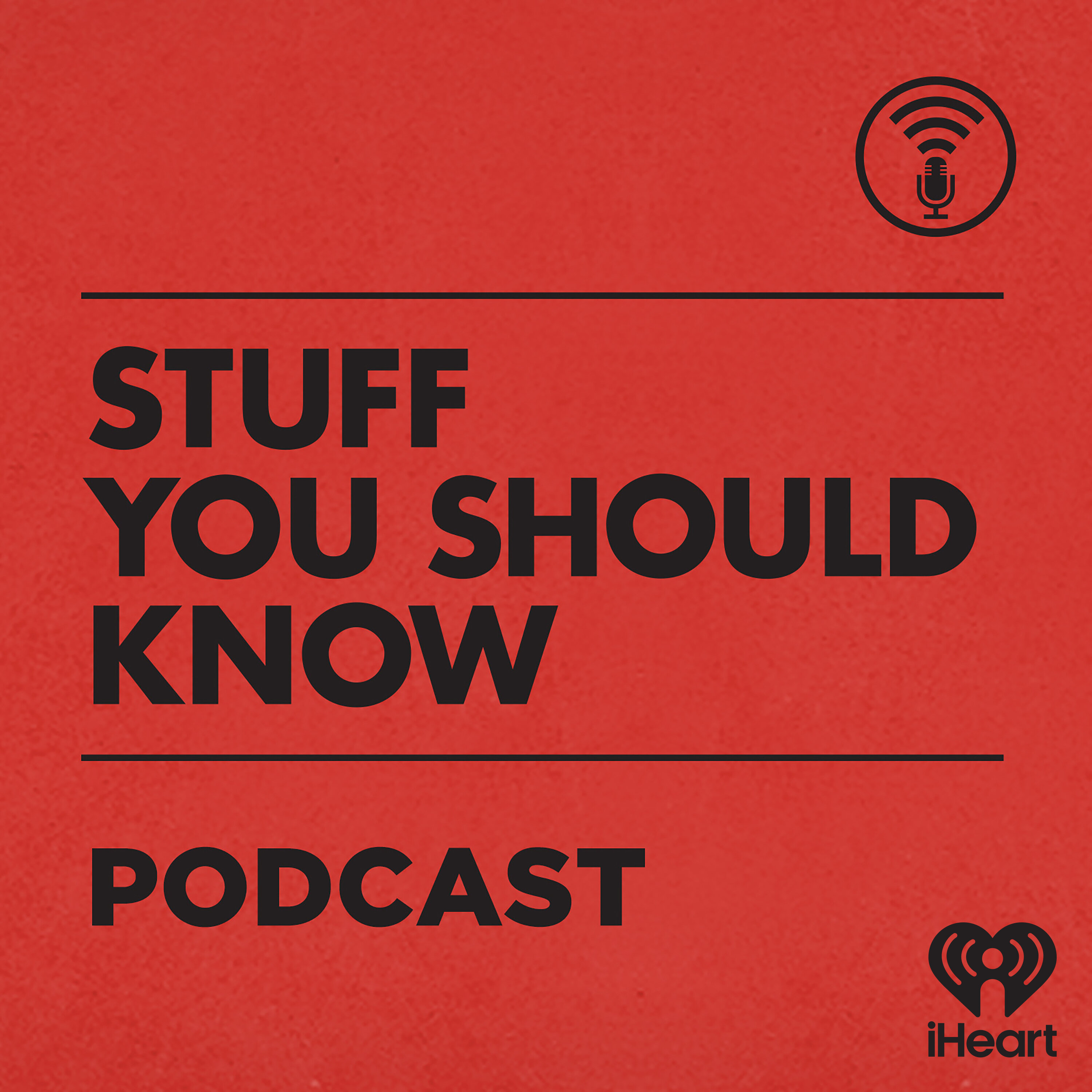Short Stuff: Death Cap Mushroom
The death cap mushroom lives up to its name. It’s a mushroom cap that causes death. Find out why.
See omnystudio.com/listener for privacy information.
Press play and read along
Transcript
Transcript is processing—check back soon.
Stuff You Should Know — Short Stuff: Death Cap Mushroom



